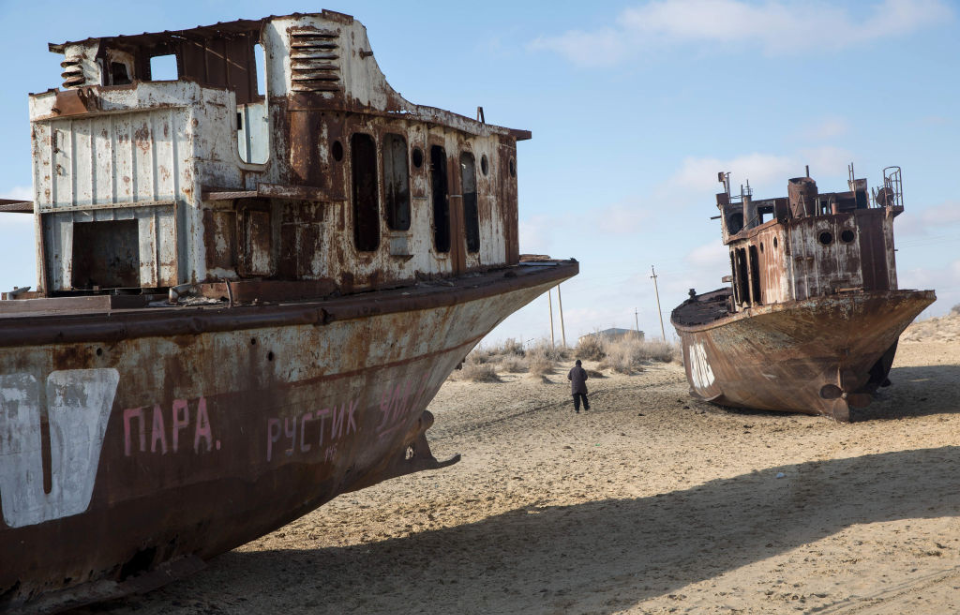In the autonomous republic of Karakalpakstan, in western Uzbekistan, you will come across several abandoned rusty ships near a city called Moynaq. While there are plenty of rusting seafaring vessels in the world, these are unique because they are surrounded by the desert on all sides, and the reason shows why mankind is one of the worst species to ever influence nature.
Moynaq was once famous for its seaport
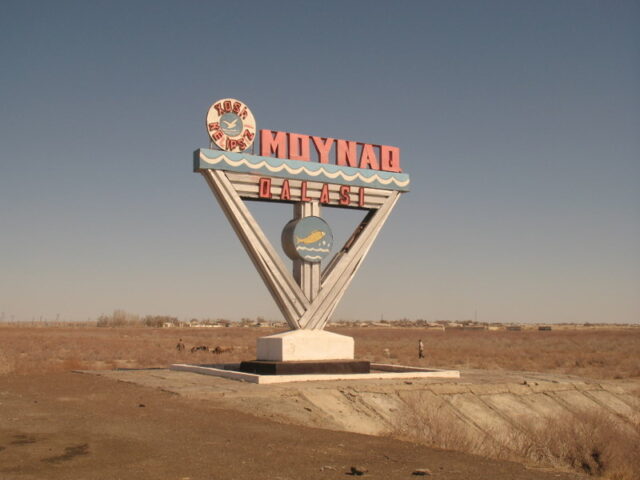
Moynaq used to be famous for its seaport on the edge of the Aral Sea, and the city’s economy grew through fishing. Business was good, and Moynaq developed rapidly until it eventually became a center of industrial fishing and canning.
Today, it’s home to only a few thousand people. However, 40 years before, it was bustling with around 40,000 residents. Instead of a lake populated by fish, there’s now a dry seabed littered with shells of the sea creatures that once lived within its depths.
While the city can be classed as one of the many that fell into decline after the collapse of the Soviet Union, that’s only part of the story. Moynaq’s rapid decline is mainly because there’s now a staggering 93-mile gap between the coast and the city.
Diverting water to farm cotton
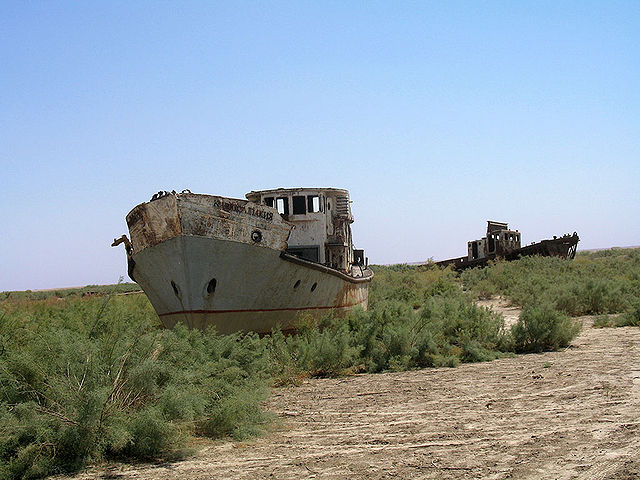
Despite its name, the Aral Sea is an endorheic lake – a basin holding a body of water that doesn’t drain into rivers or the sea. The water, instead, seeps into marshland and evaporates. Once the fourth-largest lake in the world, it began to shrink in the 1960s and is now just 10 percent of its former size.
The shrinking of the Aral Sea is considered a serious manmade ecological disaster. It was caused by Soviet authorities diverting water from the main two rivers that fed into it, the Amu and the Syr. Those in charge of local agriculture wanted the water to provide irrigation to nearby land to grow cotton. Not only did this deplete the water level, but the agricultural runoff resulted in serious pollution finding its way into the Aral Sea.
The small amount of water left in the sea now has extremely high salinity levels, making it toxic. The fish died off and the industry collapsed. However, that wasn’t the end of the troubles.
Since the water receded, life for Moynaq’s residents has become incredibly hazardous. Strong winds blowing across the seabed create dust storms with the exposed, polluted sand and salt. When these particles fall on the land, they can blight crops and, if breathed in, cause acute and chronic infections in humans and animals.
Moynaq has been left devastated
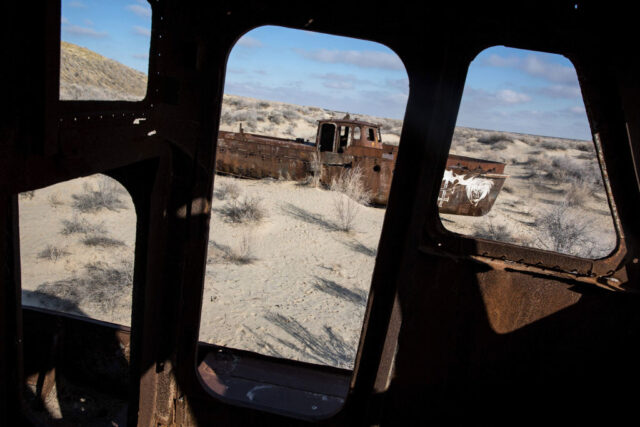
The devastation of the Aral Sea’s decline has hit Moynaq hardest out of all the surrounding cities. Ships that had been left in their docks are now stranded and rusting in the middle of the desert. The population rapidly shrank as a result of the changing climate and the impossibility of fishing.
Although the Soviets’ plans were successful and Uzbekistan became one of the top cotton exporters in the 1980s, this success came at a huge environmental cost.
Moynaq has become a disaster tourism destination
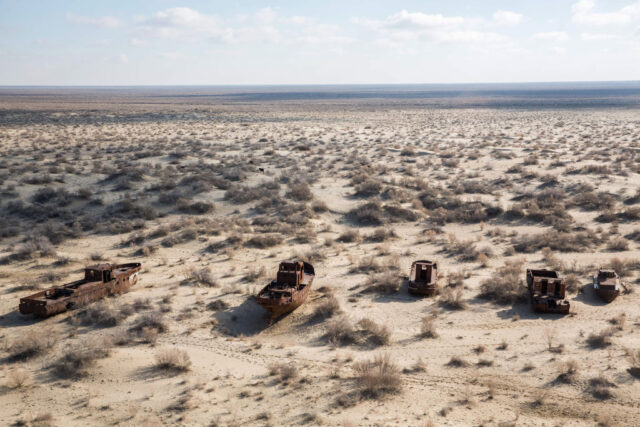
Today, Moynaq is famous for its cemetery of ships that anyone can climb onto and explore. There is also a one-room building that houses a museum charting the city’s history. Now the site of what’s known as “disaster tourism,” the once-prosperous location is home to the Stihia Festival, one of the largest annual electronic music festivals in Central Asia.
Around the edges of what was once the shoreline stand abandoned and dilapidated fish-processing and canning plants. There are still permanent residents who’ve refused to leave, despite the changed circumstances. However, most of the streets are empty and many of the buildings have fallen into ruin.
Can the Aral Sea be returned to its former glory?
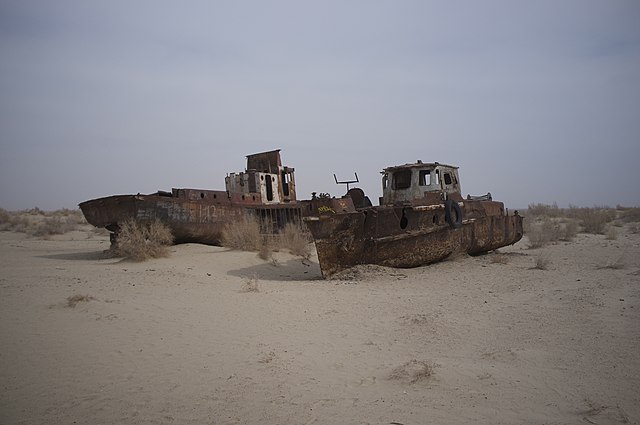
While things might look dire, there’s still hope the Aral Sea can be revived. This is thanks to the Dike Kokaral, a 7.45-mile-long dam stretching across the remaining bodies of water that once made up the larger area, the South Aral Sea and the North Aral Sea.
More from us: The Touching History of Phoenix, Arizona’s Mystery Castle
The dam was erected to both keep the shrinking Syr from suffering further water loss and to revive the North Aral Sea’s ecological system. It was completed in 2005, and within a year the North Aral Sea showed signs that its water level had risen. Since then, it’s continued to rise, allowing fish to return and the industry to slowly start to ramp up again.
